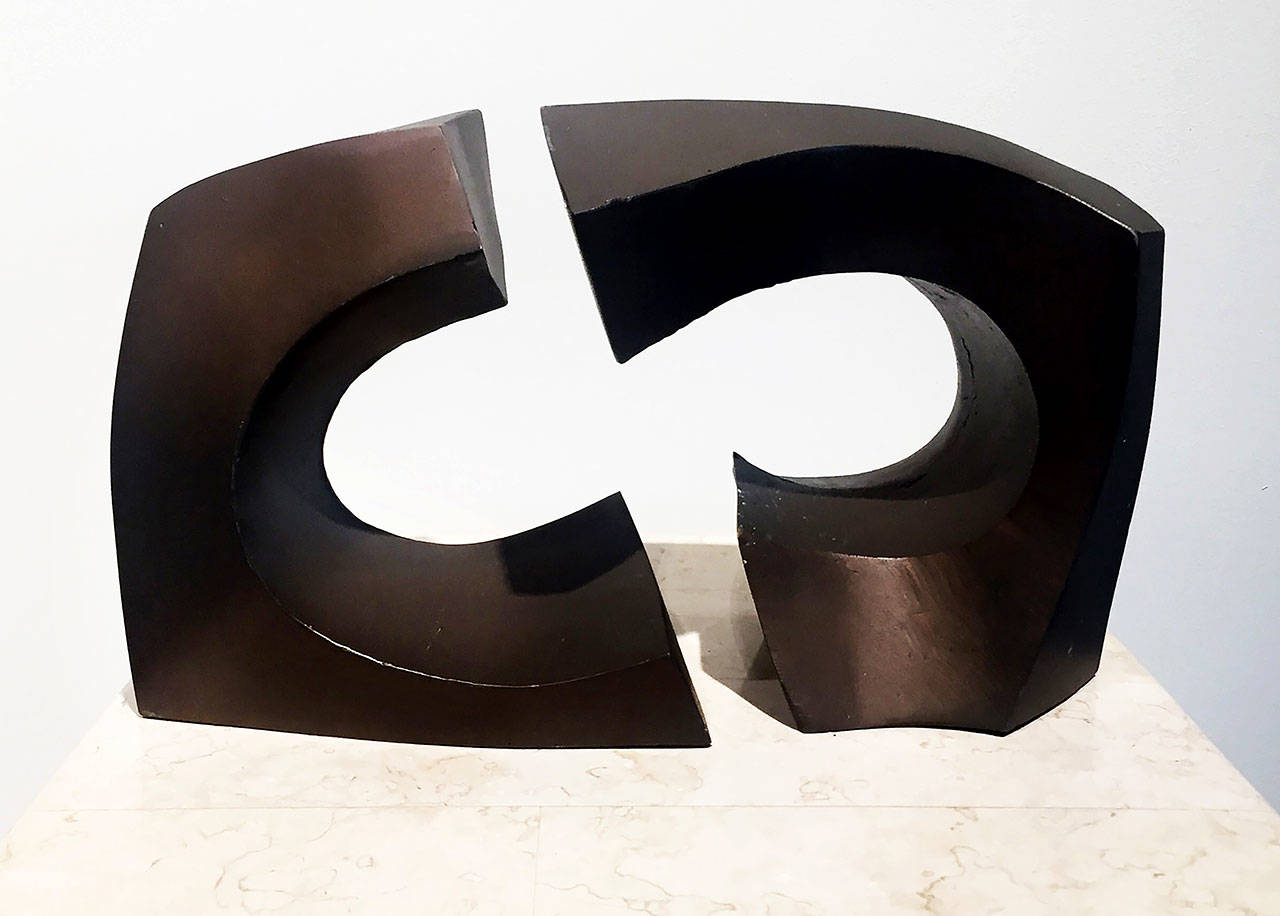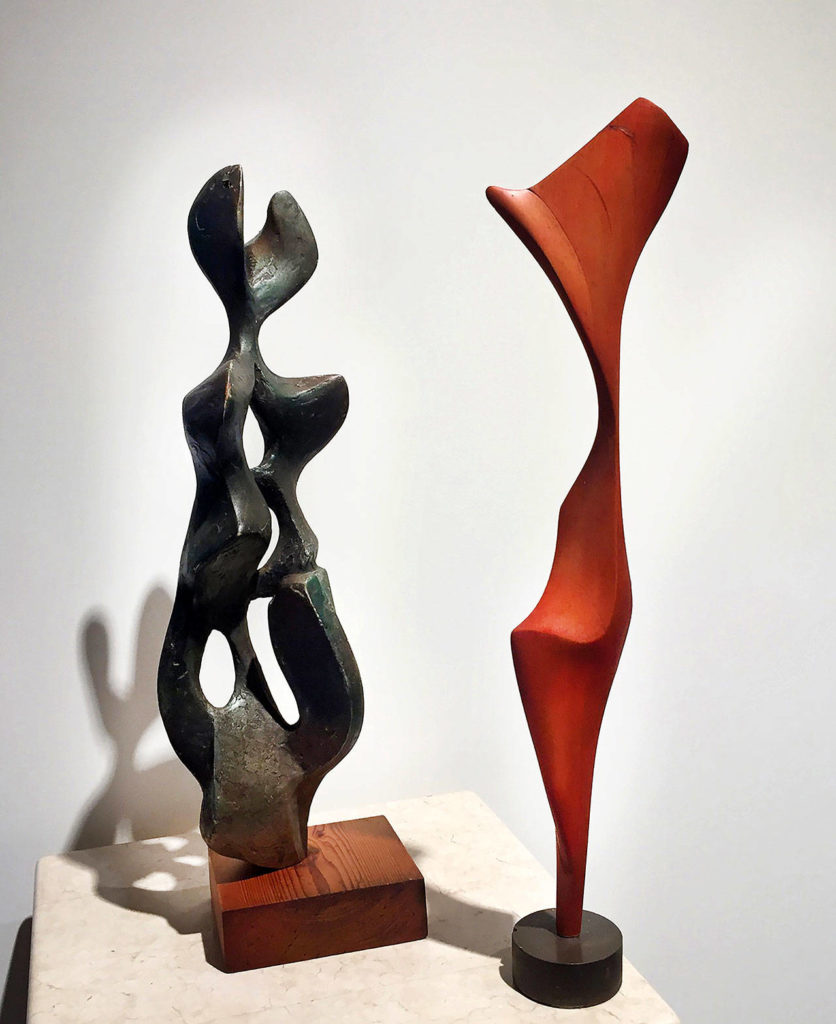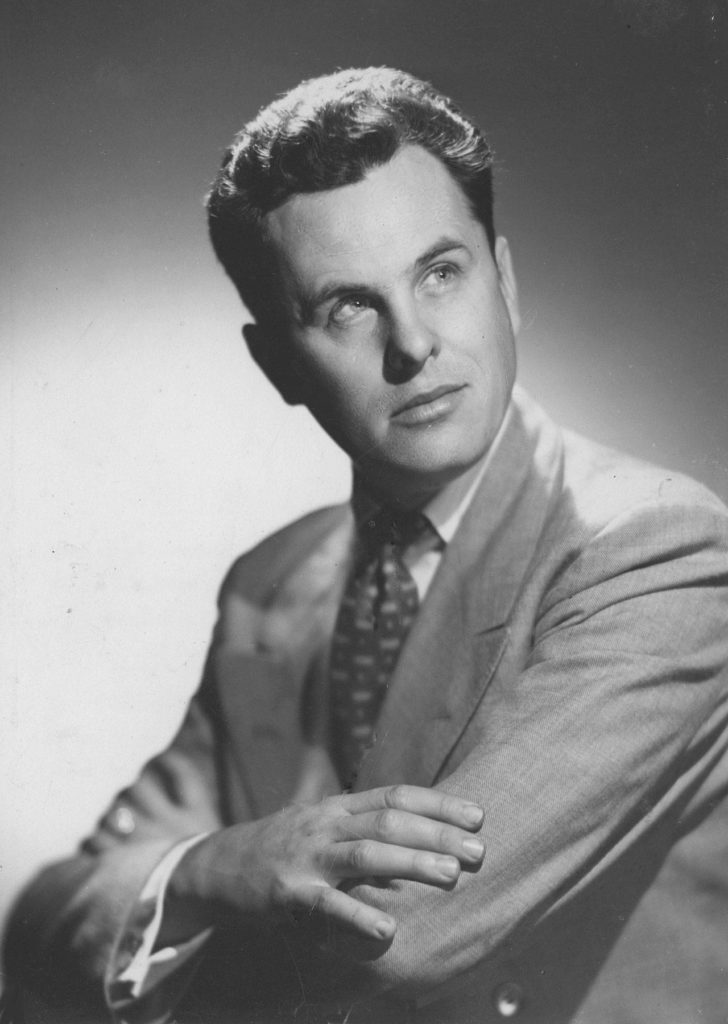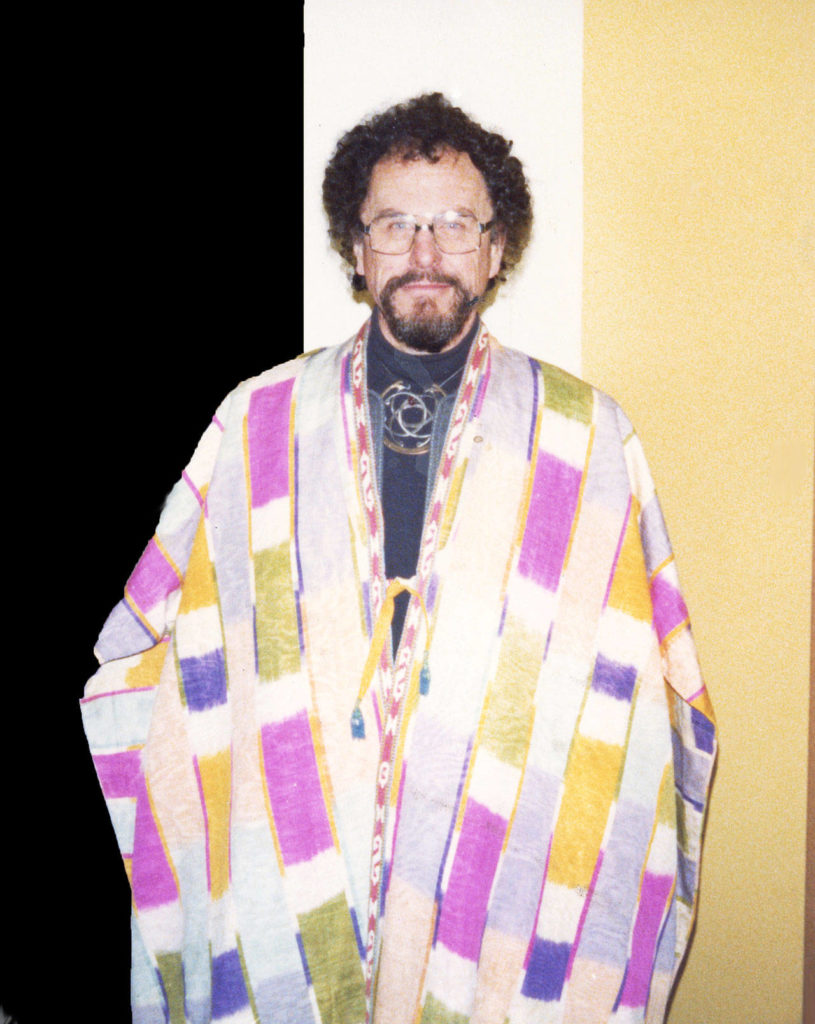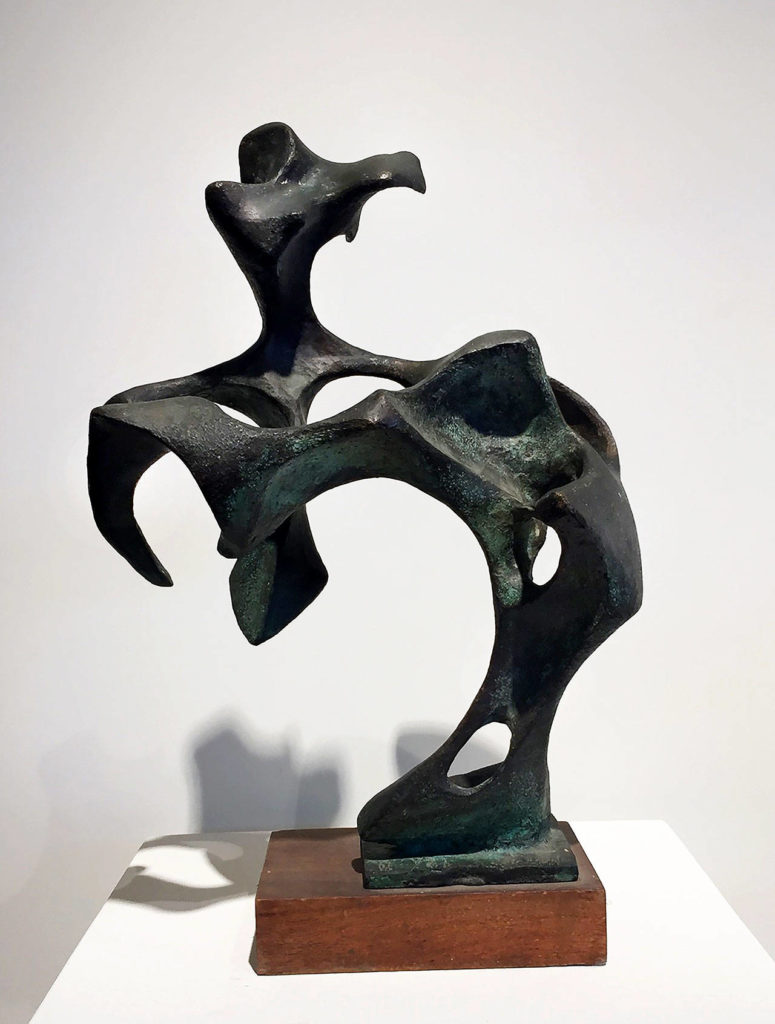EDMONDS — Shuttered since mid-November, the Cascadia Art Museum reopens today with a new exhibition that continues its mission of spotlighting important Northwest artists of the 20th century.
“Cascadia Art Museum is extremely happy to reopen and welcome back art lovers in a safe and secure environment,” museum curator David Martin said. “We are following all guidelines as instructed by the governor.”
The new exhibit, “The Sculpture of Charles W. Smith,” features a well-known Seattle sculptor whose worked shifted from an early focus on biomorphic abstractions of the human form to more condensed set of geometric shapes later in his career, Martin said.
“Professor Smith was an influential and highly regarded sculptor and instructor at the University of Washington for over 40 years,” Martin said. “The collection comes from the artist’s family, and most pieces have never been seen by the public.”
Originally from Woodside, New York, Smith (1922-2009) took a degree in industrial design at the American Art School and Pratt Institute in 1948. He later earned a degree in sculpture at the University of Washington, where he also taught design and drawing.
His work was consistently exhibited in regional shows and won several awards in the 1950s, including recognition as one of Time magazine’s “Newsmakers of Tomorrow” in 1953.
In 1963, he won a Ford Foundation grant and moved with his family to Japan to study traditional Japanese sculpture techniques.
Smith also was a design consultant for Honda in designing their first car for the Western market, the Honda N600, a tiny sedan that went on sale in the U.S. in 1969. Smith later recalled that he spent most of his time imploring Honda to “make it bigger.” He remained active in industrial design through his career.
By the early 1970s, Smith’s style evolved to a more condensed set of geometric shapes. The flattened and folded circles and rectangles combined to create interlocking three-dimensional sculptures and fountains. He began working with industrial metals and painted steel and produced numerous commission-based sculptures.
Notable design commissions include Temple De Hirsch Sinai and the Large sculpture for the Kennedy Memorial Library at Eastern Washington University. One of his most prominent public works is “Park Sculpture” at Seattle Central Community College. In the last decade of his life, he created wood carvings, many based on Northwest Native designs.
With the reopening, Cascadia is extending three exhibitions: “Dreaming Forms: The Art of Leo Kenney,” “Stolen Moments: The Photography of Shedrich Williames,” and “Gifts and Promised Gifts to the Museum’s Permanent Collection.” The three exhibits will run through May 23.
For Cascadia, the pandemic closures have been a reminder that the virtual is not a completely satisfactory substitute for the authentic.
“During these difficult times, we have produced several online videos and presentations, but there is nothing that can replace viewing original works of art in person,” Martin said. “We anxiously await (the public’s) return to view the best of Northwest art, and to share in the rediscovery of our region’s cultural history.”
If you go
Cascadia Art Museum, 190 Sunset Ave. S., is open from 11 a.m. to 6 p.m. Thursday through Sunday. Admission for members and students is free, adults $10, military and seniors $7, and families (two adults and up to three children) $25. Free during Art Walk Edmonds, third Thursdays, 5 to 8 p.m. More at 425-336-4809 or www.cascadiaartmuseum.org.
Free virtual events
Cascadia Art Museum plans two free virtual events in February.
• “Valentine’s Trivia Night” is scheduled for 6-7 p.m. Feb. 12, and is the first event in the museum’s new Art After Hours program. Participants can test their knowledge of Valentine’s Day and art in a friendly and fun competition. Participants also can purchase a hibiscus gimlet cocktail to-go from Scratch Distillery, specially made for this event.
• Cascadia’s next Family Art Workshop is a “Self-Love/Self-Portrait” workshop set for 11 a.m. to 1 p.m. Feb. 27. Join Cynthia Gahan from Heart Art Healing virtually for a step-by-step self-portrait drawing experience.
Register for both events at www.cascadiaartmuseum.org/events-grid.
Talk to us
> Give us your news tips.
> Send us a letter to the editor.
> More Herald contact information.
